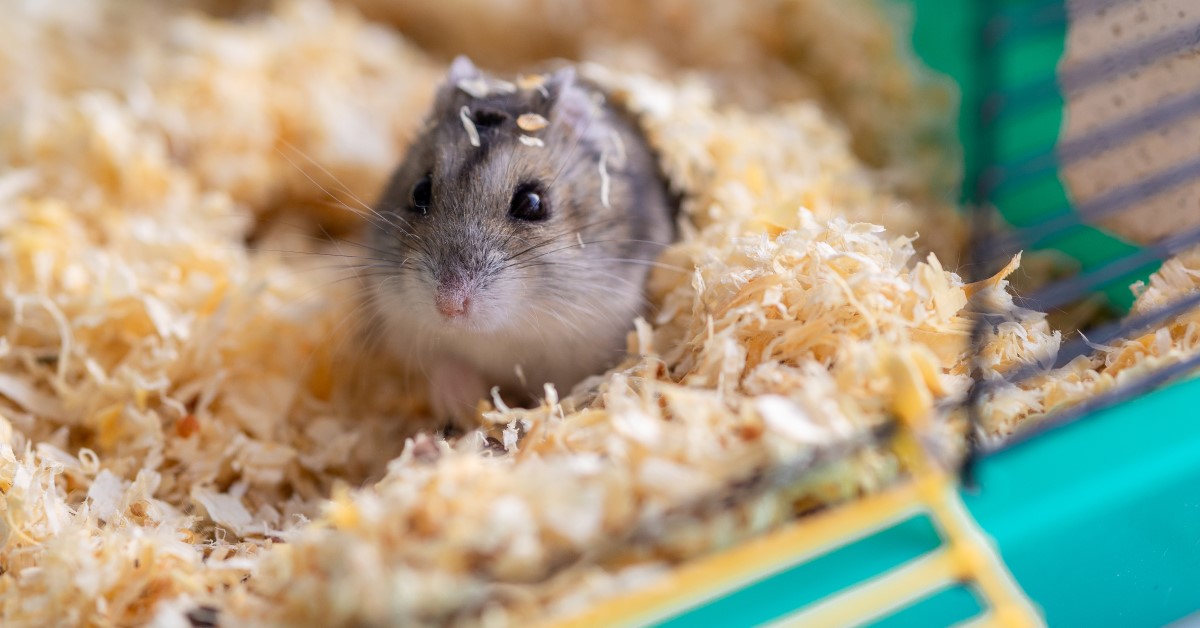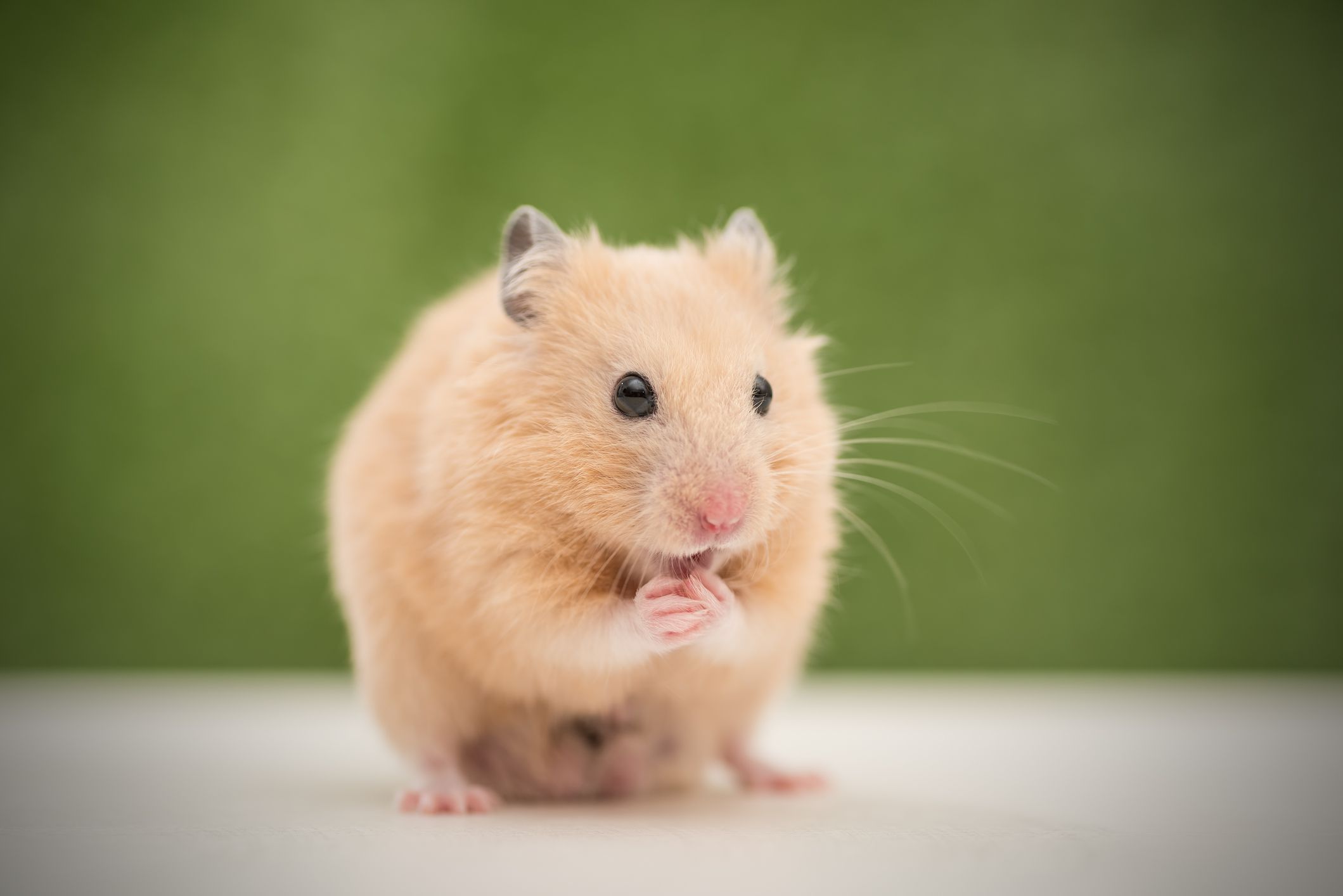Popular Hamster Types for Pets
If you are considering a hamster as a pet, you’ll find that there are several popular types to choose from, each with its unique characteristics and care requirements. In this article, we will explore the different types of hamsters that make excellent pets, their temperaments, and what you need to know about their care. Whether you are a first-time pet owner or an experienced hamster enthusiast, this guide will provide you with comprehensive insights about the most popular hamster types. Additionally, we’ll include helpful tips to ensure your furry friend thrives in a happy and healthy environment.
1. Syrian Hamsters
**Syrian hamsters**, often referred to as golden hamsters, are perhaps the most popular type of pet hamster. Recognizable by their golden-brown fur, these hamsters are friendly, easy to handle, and have a calm disposition, making them suitable for families with children. They can grow up to 6-7 inches long, and they require a larger cage compared to other hamster types, as they are solitary animals and need enough space to run and explore. Their personal space should be filled with various chew toys, tunnels, and a wheel for exercise.
Temperament and Handling
Syrian hamsters are generally very docile and can be tamed with regular handling. It’s essential to interact with them gently to build trust. When you start handling your hamster, allow it to sniff your hand before picking it up. This makes them feel more comfortable. These hamsters are mostly nocturnal, so you may notice them being more active during the night, which is a crucial factor to consider for pet owners with a busy daytime schedule.
Care Requirements
When caring for a Syrian hamster, keep its habitat clean and provide fresh bedding frequently. Gebruik a shredding material that is safe for hamsters, and ensure it’s not made from cedar or pine, as these can be harmful. A balanced diet including high-quality hamster food, fresh fruits, and vegetables is essential for keeping your hamster healthy. 
2. Dwarf Hamsters
**Dwarf hamsters**, which include different species like the Campbell’s dwarf hamster and the Roborovski hamster, are smaller than Syrian hamsters and typically measure about 2-4 inches long. Despite their size, they have bold personalities and can be quite active and playful. Dwarf hamsters are social creatures and often do well in pairs, so if you’re interested in two, consider adopting littermates to avoid conflicts.
Social Behavior and Compatibility
Because dwarf hamsters are more social than Syrian hamsters, it’s essential to monitor their interactions, especially if they are of different sexes. They can fight to establish dominance, so be prepared to separate them if necessary. When choosing pairs, make sure they are introduced at a young age to increase the likelihood of peace between them. As these hamsters are more active compared to Syrians, provide plenty of enrichment in their habitat to keep them stimulated.
Feeding Dwarf Hamsters
Feeding dwarf hamsters requires a similar approach to feeding Syrian hamsters. A primary diet of hamster pellets supplemented with small bits of fresh vegetables and occasional treats is crucial. Avoid sugary treats, as dwarf hamsters are at risk of diabetes. Additionally, ensure there’s always fresh water available in a small bottle to keep them hydrated.
3. Chinese Hamsters
**Chinese hamsters** are less common than their dwarf and Syrian counterparts but are exciting pets nonetheless. These hamsters have long, slender bodies and are unique due to the longer tails compared to other types. They usually measure around 4-5 inches long. Chinese hamsters can be a bit more difficult to handle than other types, making them better suited for experienced pet owners.
Handling and Care Tips
Due to their more timid nature, Chinese hamsters require patience for them to feel comfortable with handling. It’s best to allow them to come to you rather than chasing them around their enclosure. This approach helps to build their confidence. As with all hamsters, routine checks of the habitat and a healthy diet are essential tasks that must be incorporated into their care regimen.
Special Considerations for Chinese Hamsters
Since Chinese hamsters can exhibit aggressive behaviors towards other hamsters, it’s recommended to keep them individually. In terms of habitat, provide them with various toys, chew materials, and tunnels to satisfy their natural instincts. Their cage should allow for climbing and exploration to keep them physically and mentally stimulated.
4. Roborovski Hamsters
**Roborovski hamsters** are the smallest type commonly kept as pets, measuring approximately 2 inches in length. Known for their lively and energetic nature, they can be challenging to pet due to their speed and small size. However, they are a joy to watch as they exhibit playful and amusing behaviors.
Activity Level and Diet
Roborovski hamsters are exceptionally fast and need plenty of space to run. A larger cage with lots of tunnels, wheels, and climbing structures will allow them to thrive. In terms of diet, they have similar requirements to dwarf hamsters, so a diet rich in high-quality hamster pellets, fresh vegetables, and occasional fruits will keep them healthy.
Creating an Ideal Environment
Due to their small size and sassy personality, it’s crucial to ensure the environment is secure. Select bedding that doesn’t risk getting clogged in their small noses. You can also add nesting materials to make their habitat comfortable. Roborovski hamsters are social animals, so pairing can be an option, but make sure they are kept with littermates or in same-sex pairs to avoid conflicts.
Key Takeaways
- Different hamster types have unique care requirements and temperaments.
- Syrian hamsters are great for first-time pet owners due to their friendly demeanor.
- Dwarf hamsters are more social and thrive well in pairs.
- Chinese hamsters require more careful handling and should ideally be kept alone.
- Roborovski hamsters are energetic and require a secure environment to flourish.
FAQ
1. What is the best hamster type for kids?
Syrian hamsters are typically the best choice for children because they are easy to handle and have a gentle personality. They are also larger, which makes it easier for kids to hold and interact with them safely. Just instill the importance of gentle handling in children to ensure a positive experience for both them and the hamster.
2. Can I keep different hamster types together?
No, it’s usually not advisable to keep different types of hamsters together. Syrian hamsters are solitary creatures and prefer to live alone. Dwarf hamster species may coexist if introduced correctly, but maintaining all types in a shared habitat may lead to fights and stress for the animals.
3. How often should I clean my hamster’s cage?
Your hamster’s cage should be cleaned every week to prevent bad odors and bacteria buildup. Spot cleaning daily is also essential to ensure they are living in a comfortable and healthy environment, focusing on removing food remnants and soiled bedding. A thorough cleaning will help keep your hamster happy and healthy.
4. What are the signs of a healthy hamster?
A healthy hamster displays a shiny coat, bright eyes without discharge, and active behavior. They should have a healthy appetite and maintain a stable weight—if you notice significant changes in their habits or if they are lethargic, consult a veterinarian to rule out health conditions.
5. Can hamsters eat fruits and vegetables?
Yes, hamsters can eat small amounts of fresh fruits and vegetables. However, moderation is key to prevent digestive issues. Options like carrots and small pieces of apple are healthy choices, but be wary of sugary fruits. Always introduce new foods gradually to monitor their responses and avoid overfeeding.
